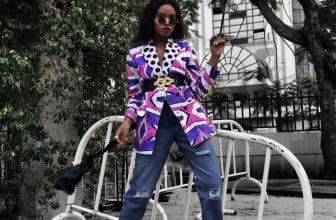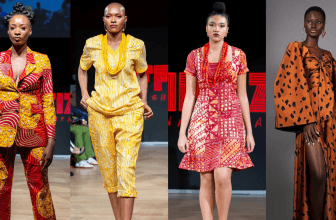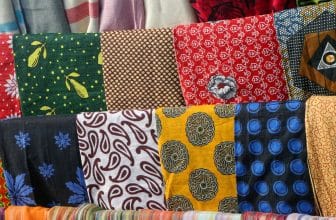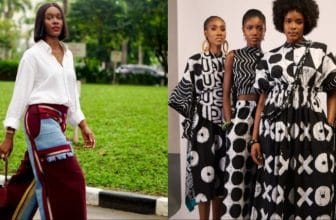How to Turn Your African Fabric Brand into a Global Export Business
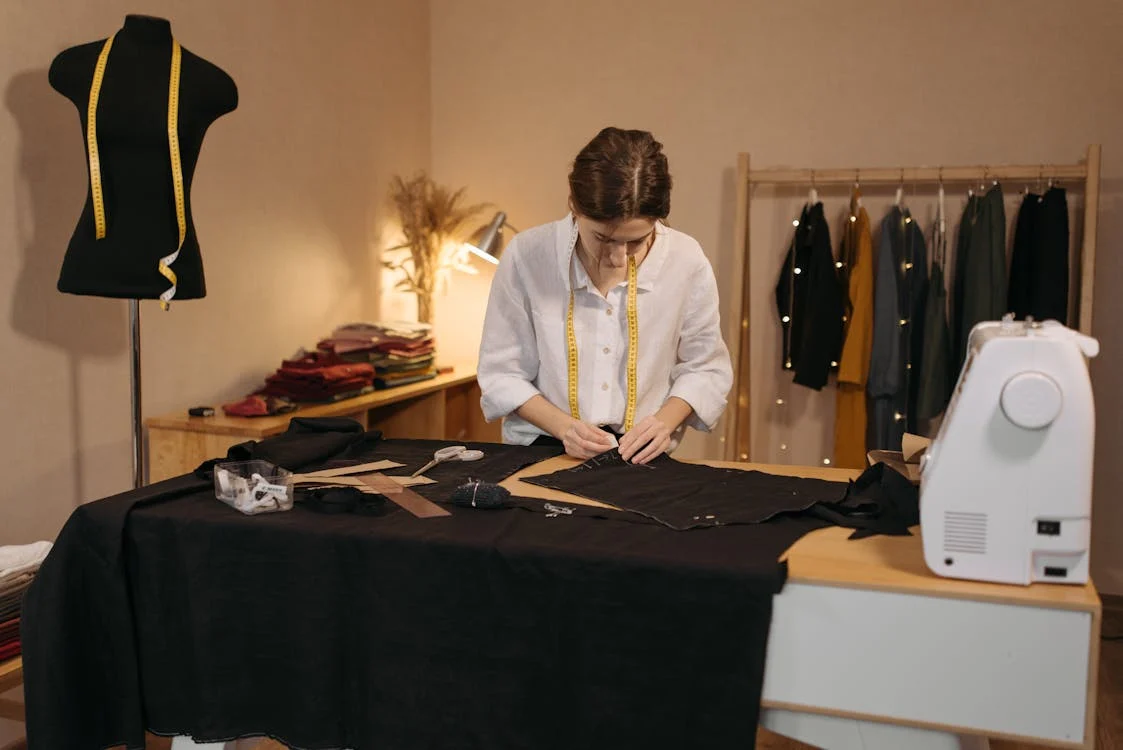
Introduction
The beauty of African fabrics has captured the world’s attention — from Ankara on Paris runways to Adire in New York boutiques.
But many talented African fabric makers and sellers still struggle to expand beyond local markets.
Turning your passion for textiles into a global export business isn’t a dream — it’s a process. With the right strategy, documentation, and digital presence, you can sell your fabrics to customers around the world.
Here’s how to begin.
1. Start with a Strong Product Identity
Before exporting, define what makes your fabric unique.
Ask yourself:
• What cultural story does my fabric tell?
• Is it hand-dyed, machine-woven, or sustainably produced?
• What style appeals to global buyers — bold prints or minimalist tones?
A clear identity helps you stand out in crowded global markets.
![]() Example:
Example:
“Our Adire fabrics are hand-dyed in Abeokuta using natural indigo, connecting modern fashion to Yoruba heritage.”
This kind of storytelling sells — it blends culture and craftsmanship.
2. Register and Certify Your Business for Export
To sell internationally, you’ll need:
• Business registration certificate (CAC in Nigeria)
• Export license (from the Nigerian Export Promotion Council – NEPC)
• Certificate of origin (to show authenticity)
• Proforma invoice and export documentation for customs clearance
These documents make your business legitimate and open doors to export opportunities.
![]() Pro tip: Visit the NEPC website for updated export guidelines and training programs.
Pro tip: Visit the NEPC website for updated export guidelines and training programs.
3. Understand the Global Market Demand
Research which countries import African fabrics most.
Top destinations include:
• United States ![]() (high demand for Ankara & Kente fashion)
(high demand for Ankara & Kente fashion)
• United Kingdom ![]() (diaspora markets)
(diaspora markets)
• France ![]() and Italy
and Italy ![]() (fashion houses and designers)
(fashion houses and designers)
Use Google Trends, Etsy, or Instagram hashtags to see what’s trending globally. Knowing your audience helps you design and price strategically.
4. Build a Strong Online Presence
A global brand must be visible online.
Set up a professional website that includes:
• High-quality photos of your fabrics
• Your story and process
• Contact info and export availability
Also, build credibility with a LinkedIn business page and Instagram marketing strategy showing how your fabrics are made and used.
![]() Tip: Add keywords like “wholesale African fabrics” and “export-ready Adire” in your bio or website for SEO ranking.
Tip: Add keywords like “wholesale African fabrics” and “export-ready Adire” in your bio or website for SEO ranking.
5. Package Like a Pro
Export packaging matters as much as product quality.
• Use moisture-resistant wrapping for fabrics
• Add brand tags, care labels, and thank-you notes
• Consider eco-friendly options — global buyers love sustainability
Presentation builds reputation. A beautifully packed Adire cloth tells the buyer that you value excellence.
6. Build Partnerships with Export Agents and Distributors
Don’t do it all alone. Partner with:
• Freight forwarders who specialize in textile export
• Fashion distributors abroad
• Diaspora boutiques looking for authentic African fabrics
These partners help handle logistics while you focus on quality and creativity.
![]() Bonus: Platforms like Alibaba, Etsy, and Faire are great for connecting with international wholesale buyers.
Bonus: Platforms like Alibaba, Etsy, and Faire are great for connecting with international wholesale buyers.
7. Offer Consistent Quality and Trust
Once you start exporting, consistency becomes your strongest currency.
Every shipment should match your promise — same quality, color, and feel.
When buyers trust your brand, they’ll reorder, refer others, and help your business grow globally.
8. Tell Your Story Everywhere
Your story is your greatest marketing tool.
Share how your fabrics are made, the artisans you empower, and the cultural meanings behind your designs.
![]() Example caption:
Example caption:
“From Osogbo to London — our hand-dyed Adire carries generations of Yoruba creativity across the seas.”
Conclusion
The global market is ready for Africa’s creativity — and your fabrics deserve to be seen, worn, and celebrated everywhere.
Start small, stay consistent, and keep improving.
Every bolt of fabric you export carries a piece of your culture to the world.
And one day, your label could be the one global designers proudly name in their collections.



